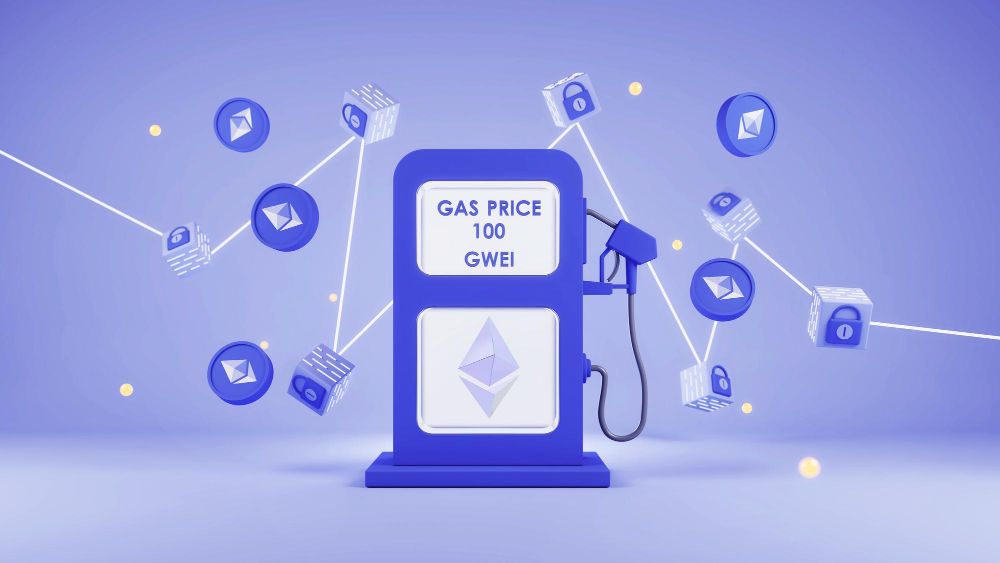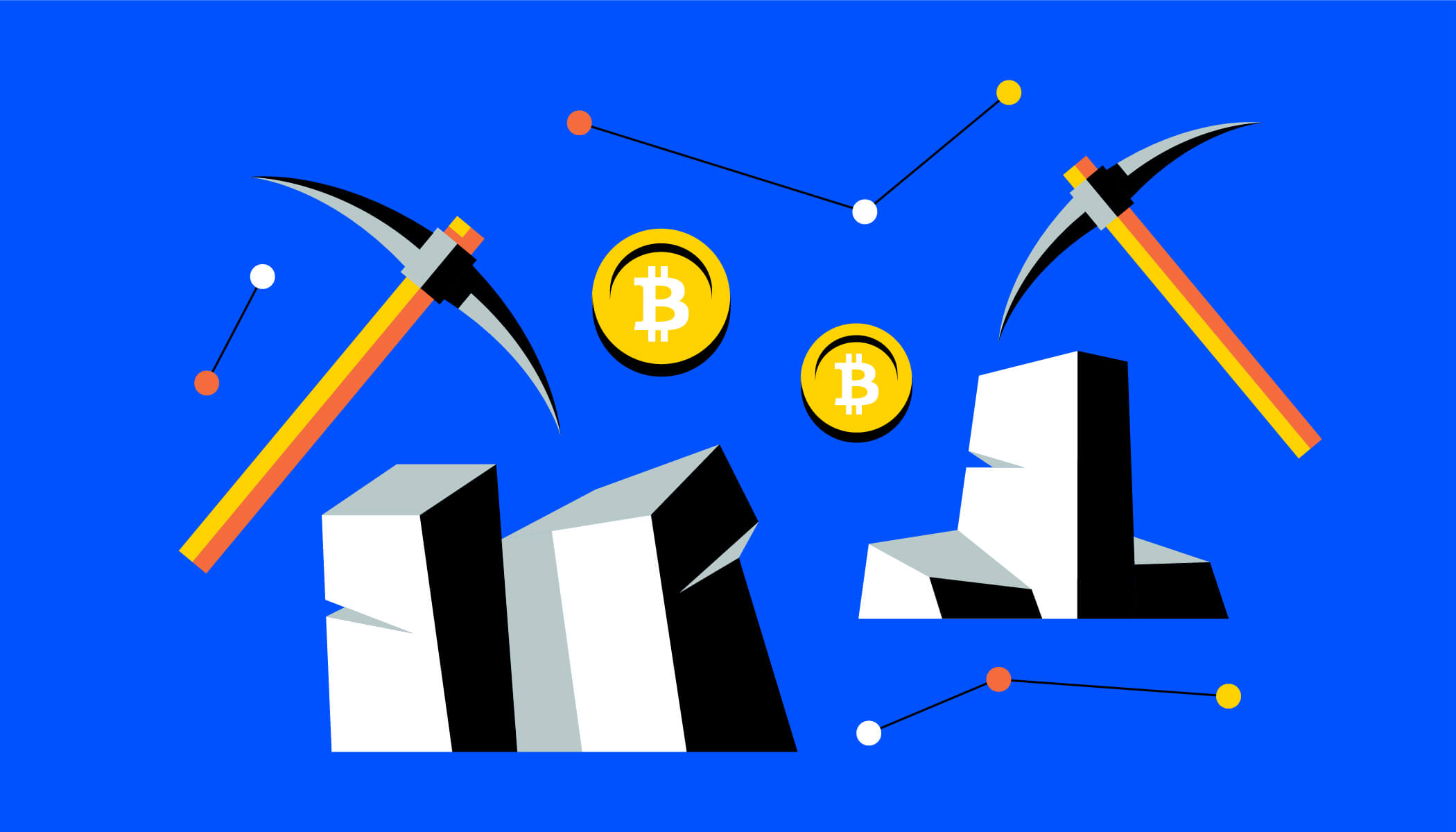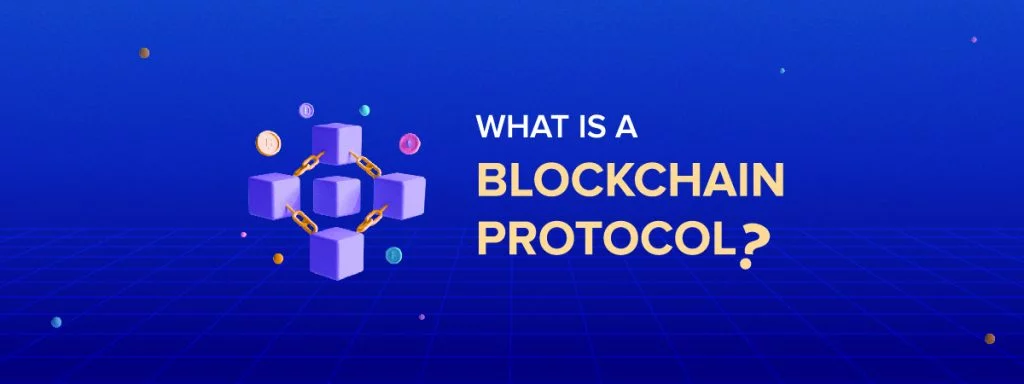Think you know Ethereum fees? The truth about gwei might surprise you—and it’s crucial for saving on costly gas transactions.
You’ve probably heard the term gwei if you’ve dabbled in the world of cryptocurrency, especially when dealing with Ethereum. But what does gwei actually mean in crypto? Let’s break it down in simple terms without the confusing jargon. In the Ethereum blockchain, gwei is a unit of measurement—specifically, it’s a denomination of Ether (ETH), the cryptocurrency that powers the network. Think of gwei like cents to a dollar; it’s just a way of dividing up Ether into smaller, easier-to-handle pieces.
Now, why do we even need gwei? Ethereum transactions aren’t free. Every action on the Ethereum network requires a bit of computational magic and validation, which costs what users call gas fees. Gas fees compensate the miners and validators who process and secure transactions. Since Ether is the primary currency used for fees, and transaction calculations need tiny fractions, gwei comes in handy. One gwei equals 0.000000001 ETH, or one billionth of an Ether. To put this in an equation:
1 Ether = 1,000,000,000 Gwei
This tiny denomination simplifies the math involved in calculating gas fees. When you send a transaction or interact with a smart contract, the network charges you gas, which is priced in gwei. The actual cost in Ether then depends on the amount of gas used multiplied by the gas price you set (usually in gwei).
Here’s a nugget for you: gas fees are measured by two elements — gas units and gas price. Gas units tell you how much computational effort your transaction needs, while gas price (in gwei) tells you how much you’re willing to pay per unit of gas. The higher the gas price, the faster your transaction gets picked up. That’s the blockchain’s way of saying, “Pay more, move faster.”
Ethereum co-founder Vitalik Buterin once described gas as “the fuel that allows the network to operate securely and efficiently,” which is a nice way to put it without sounding like a sales pitch.
“Gas is the pricing mechanism for the Ethereum network, ensuring that resources are allocated efficiently and preventing abuse,” Vitalik Buterin, Ethereum co-founder, explained.
Understanding gwei is crucial because it directly impacts how much you’ll pay to make a transaction on Ethereum. During times of network congestion, gas prices (and thus gwei prices) can spike, forcing users to shell out more Ether to get their transactions confirmed quickly. If you’re not in a hurry, you might set a lower gas price in gwei, and your transaction might take longer or even get stuck.
Now, since the world isn’t out to make your life hard for no reason, the way gwei interacts with gas fees actually helps keep the network spam-free. Imagine if transactions were free or priced in huge denominations; the network would be flooded with spam transactions, causing chaos. So gwei prices act like a gatekeeper, balancing out usability and performance.
For those who want to grasp this concept with a bit more detail, here are a few authoritative resources you might want to check:
- Ethereum Foundation’s official documentation on Gas – A trusted resource explaining the technicalities of gas and fees.
- Blockchain.com’s Ethereum Gas Tracker – Offers live data on gas prices in gwei for anyone wanting to see real-time fluctuations.
- Cointelegraph’s guide on Ethereum gas fees – A well-regarded blockchain news site breaking down gas fees and their impact on users.
So next time you hear about “the gwei price is too high” or someone complaining about “paying a lot of gwei,” you’ll know they’re really talking about how much they have to pay in tiny fractions of Ether to get their transaction through the Ethereum network. It’s a weird little part of crypto lingo that basically boils down to how you pay miners for keeping the network running smoothly.





